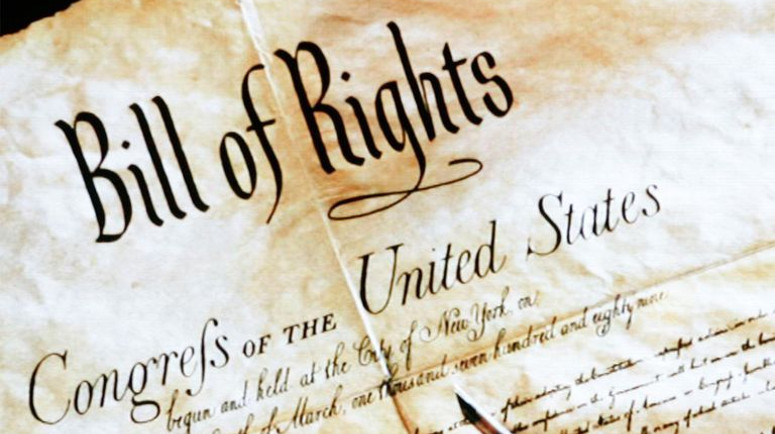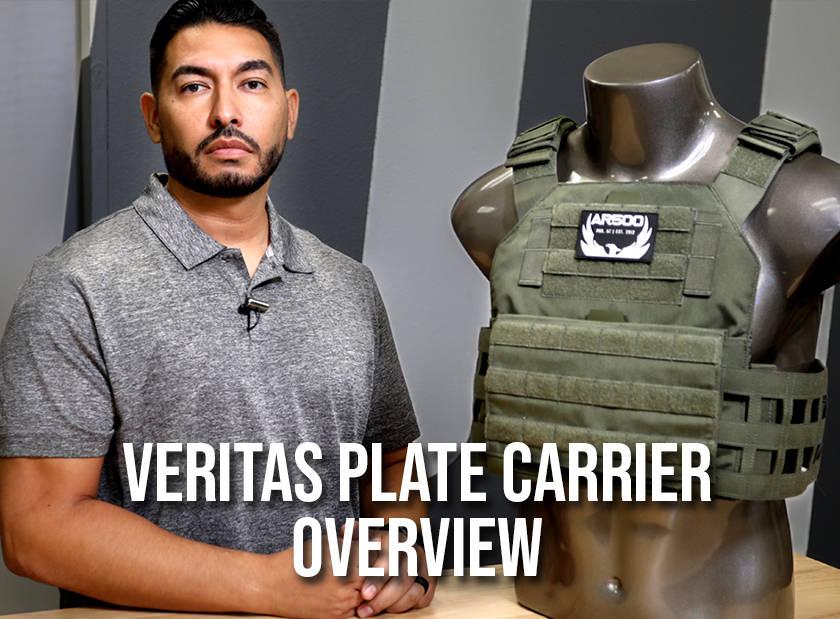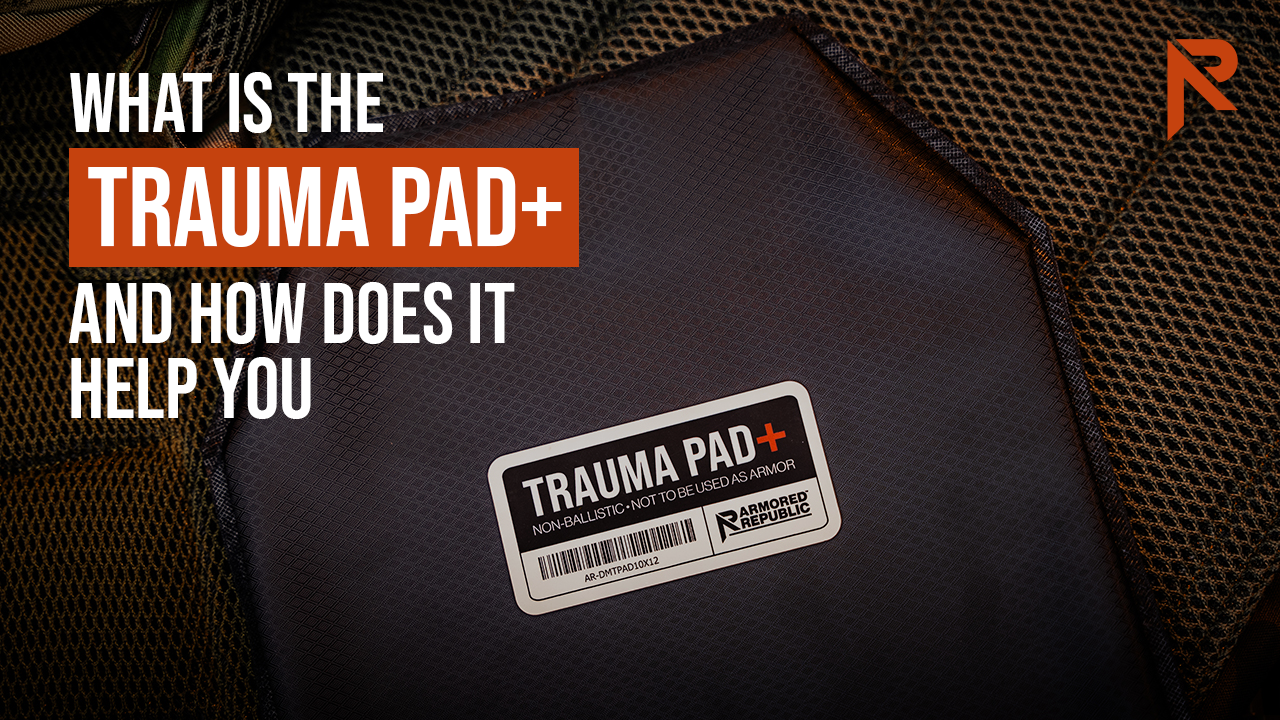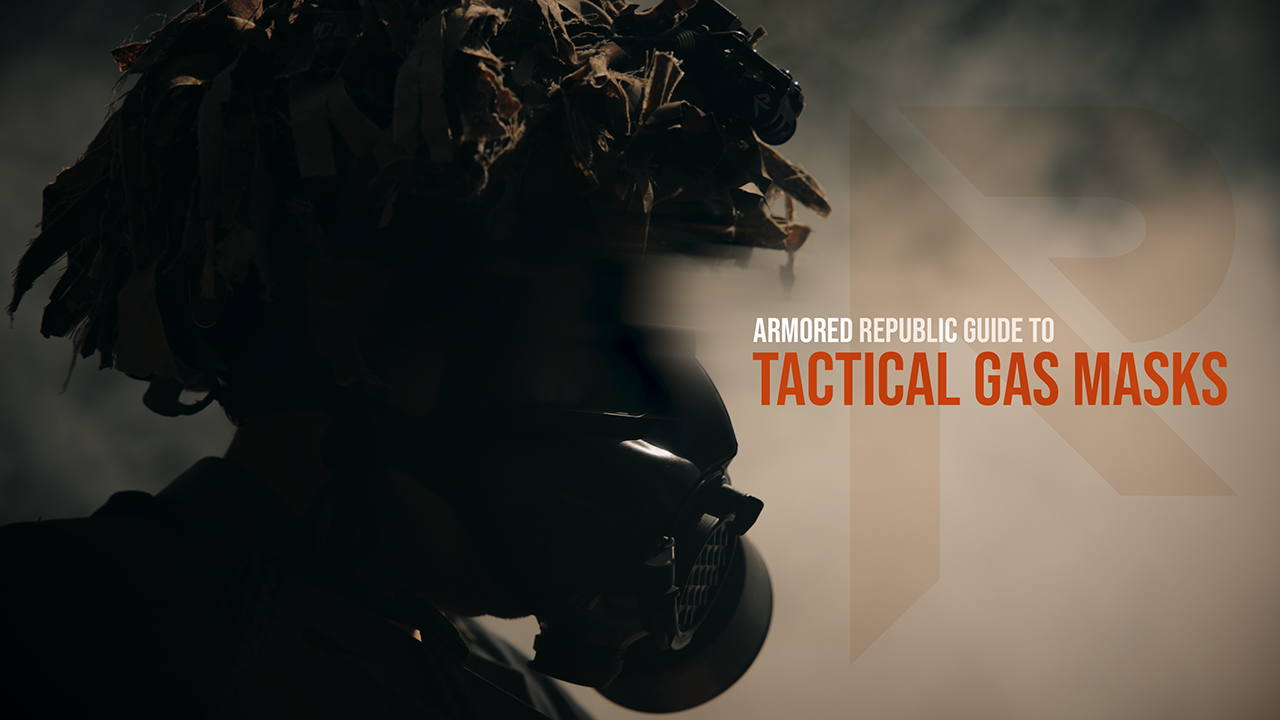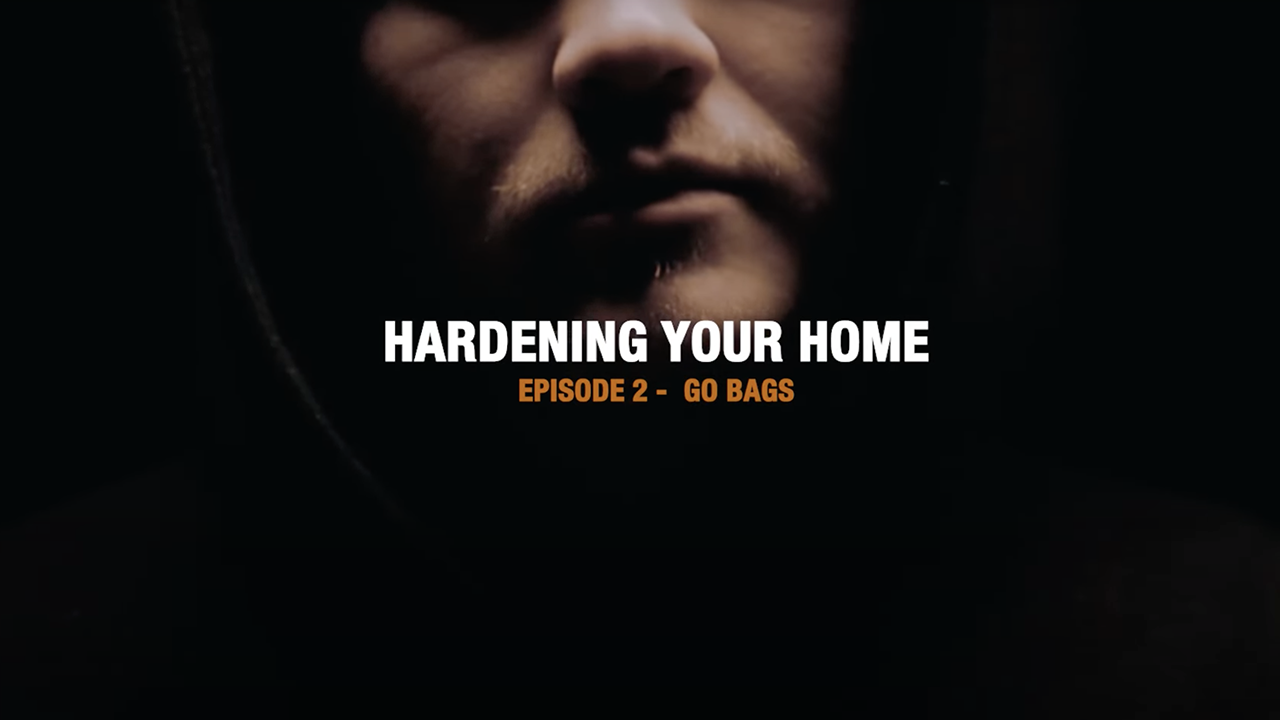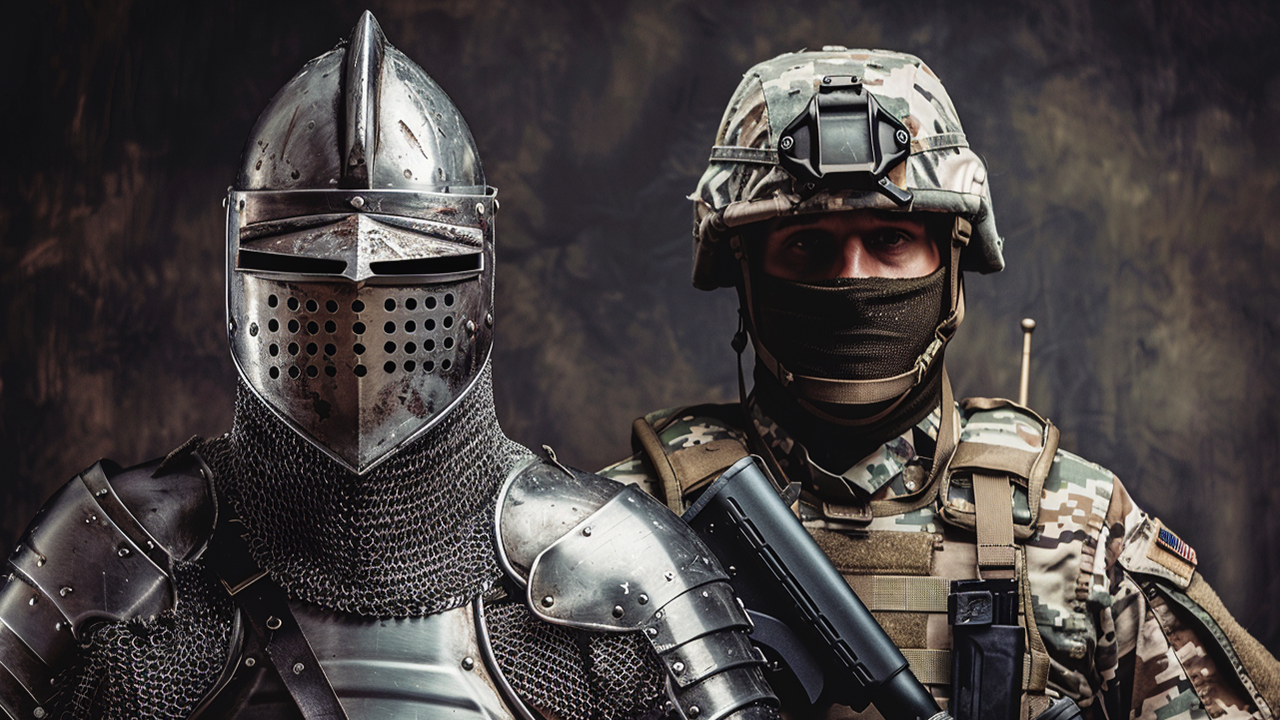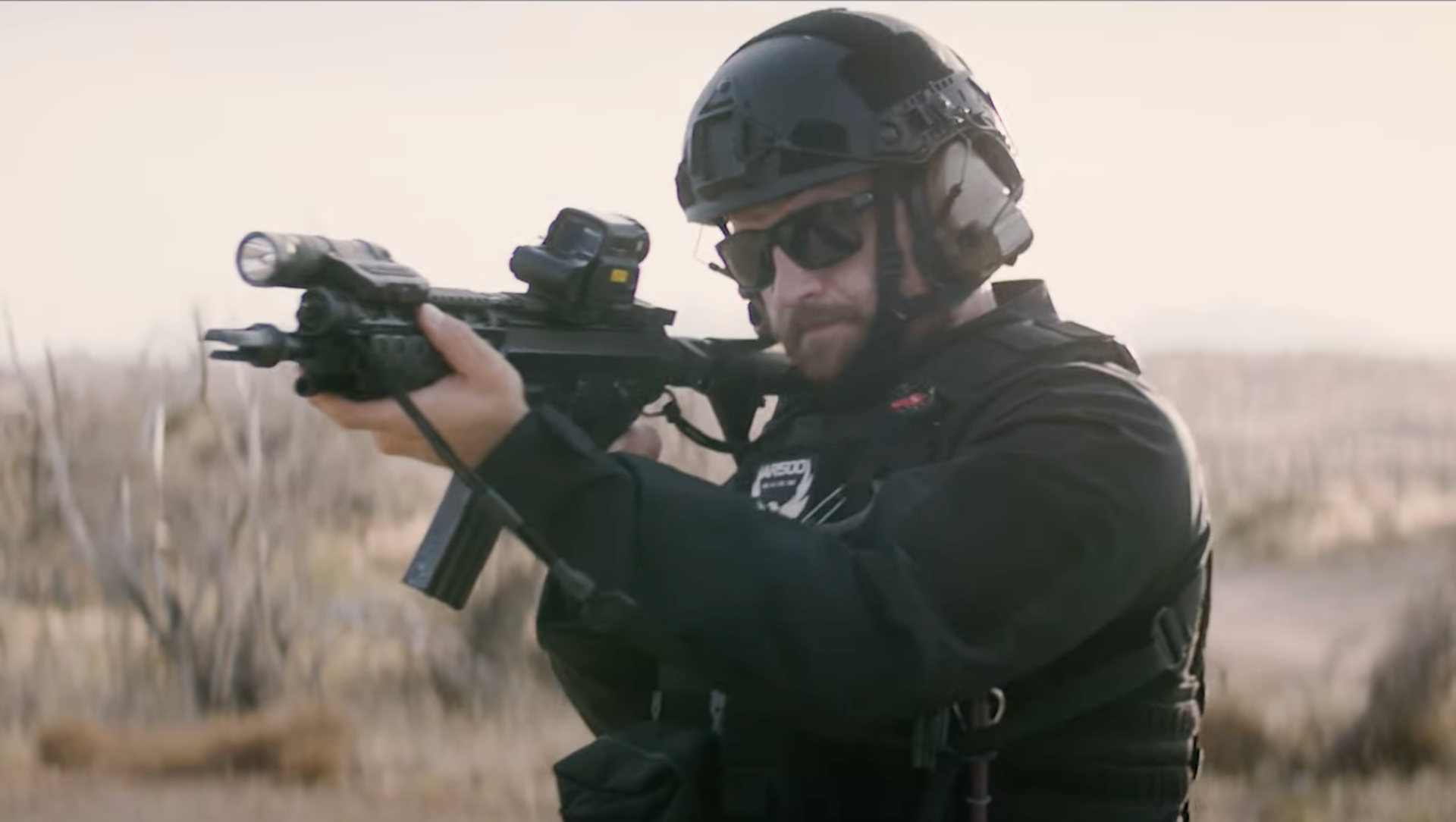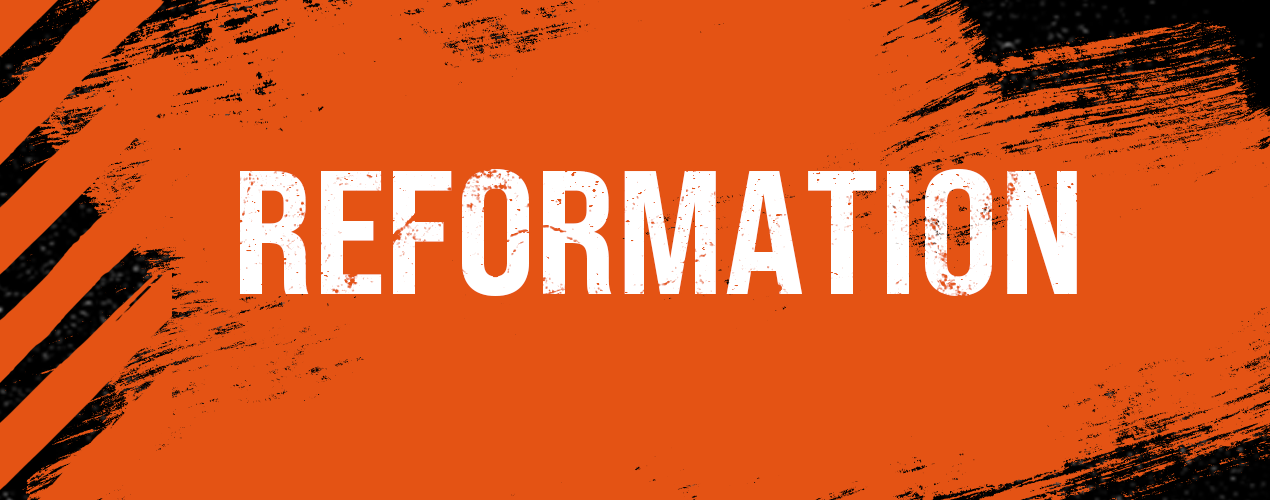Get Medical Training
- Mar 23, 2020
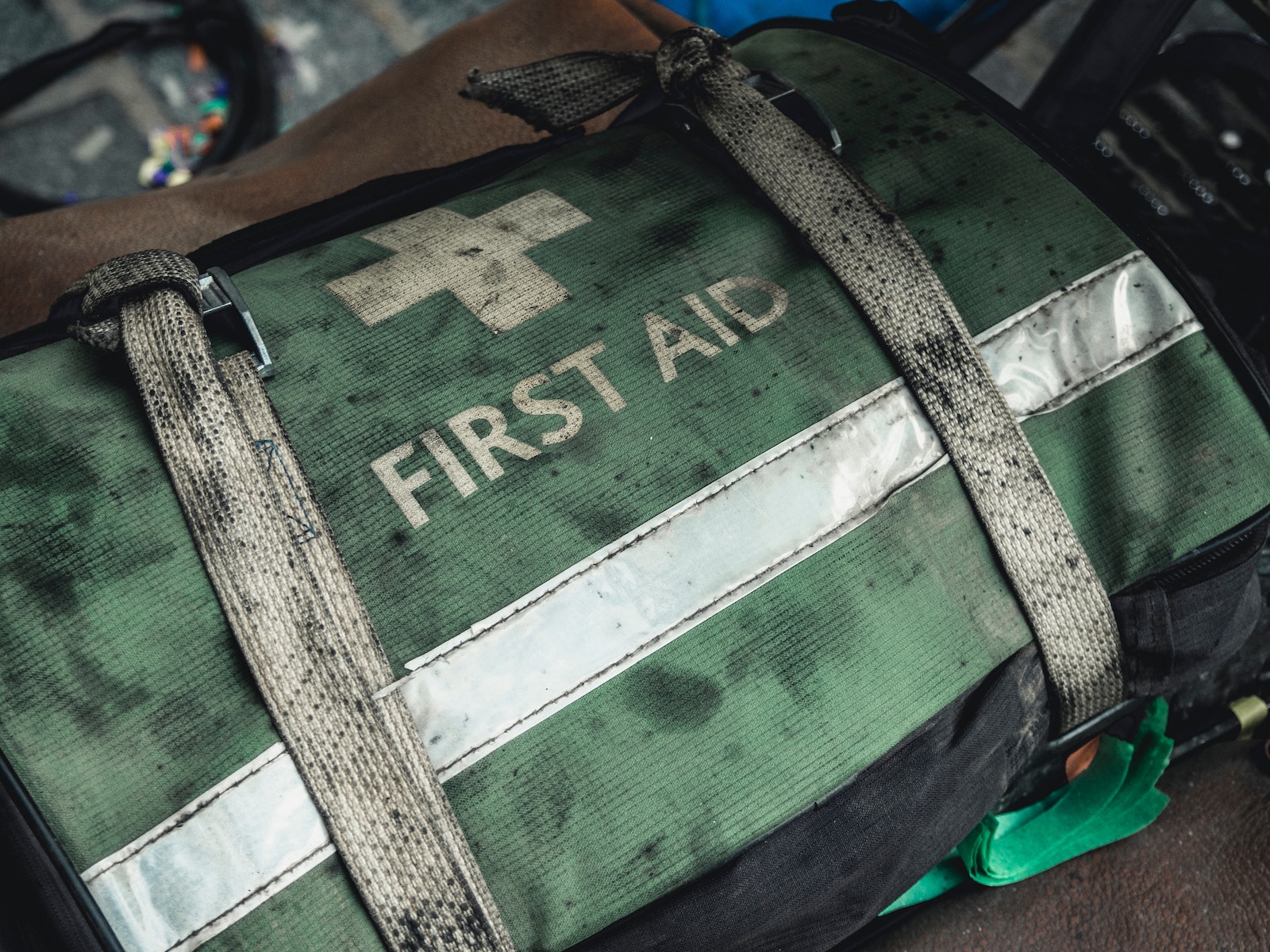
If you own a firearm, you have a responsibility to keep and use it safely. This means getting trained on firearms safety, marksmanship and, if you carry, the moral and ethical issues surrounding self-defense in your state.
But knowing how to make holes isn’t enough; you should also know how to patch them. If you’re ever in a gunfight, chances are good that you or someone around you might get hit. And when seconds count, emergency medical services (EMS) and the police are only minutes away. But when it comes to medical emergencies, minutes might as well be hours.
At minimum, you should look at these two medical training courses to take:
- Stop the Bleed and
- CPR
Bleeding Control
Did you know you can bleed to death in as little as 5 minutes? It’s estimated that 31% of all deaths in trauma victims is from blood loss, or nearly 60,000 deaths in the United States alone, each year.

Stop the Bleed was developed by the U.S. Department of Defense, Defense Health Agency, as a way to encourage and teach bystanders and citizens to become trained and equipped to help in a bleeding emergency during those important minutes before help arrives.
Courses are taught in-person, using materials specially designed to teach bleeding control techniques. The instructors will show you the techniques, how to use direct pressure, wound packing using popular medical supplies, and even tourniquets, to get bleeding under control and potentially save a life.
Stop the Bleed is offered free, or very low cost, at many locations around the country. Check their website for a listing of dates and locations. They also have an ebook on the Basics of Bleeding Control, which is free to download.
CPR

Heart disease is the number one killer in the United States, killing more than 600,000 people in 2015. The American Heart Association writes that more than 350,000 cardiac arrests occur annually outside of a hospital setting. Often mistakenly used to describe a heart attack, cardiac arrest is when the heart stops pumping. Learn the differences between the two.
While heart attacks can cause cardiac arrest, they are not the same thing. Heart attacks are very serious medical emergencies, and are sometimes fatal. Cardiac arrest is often fatal unless appropriate intervention is made. Currently, CPR and Automated External Defibrillator (AED) are the two ways to treat sudden cardiac arrest outside of the hospital.
The American Red Cross CPR training the go-to organization for cardiopulmonary resuscitation courses. They also have training on how to employ an AED.
The life you save may be your own
Given the number of people who die from hemmoraghing or cardiac arrest, taking the time to get trained on dealing with these life threatening events is well worth the investment, and should be considered as important as marksmanship training.
